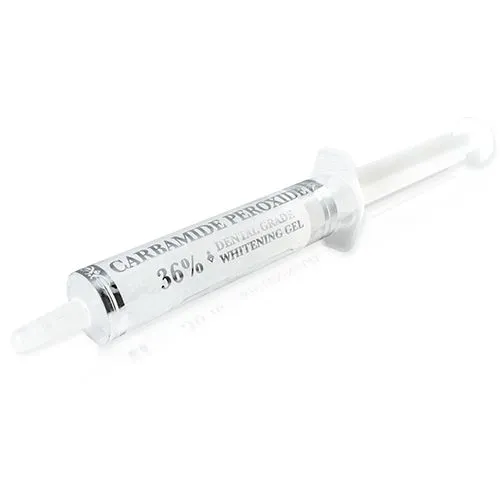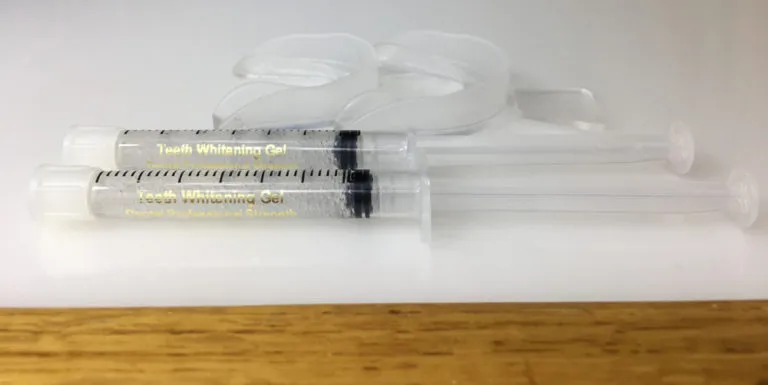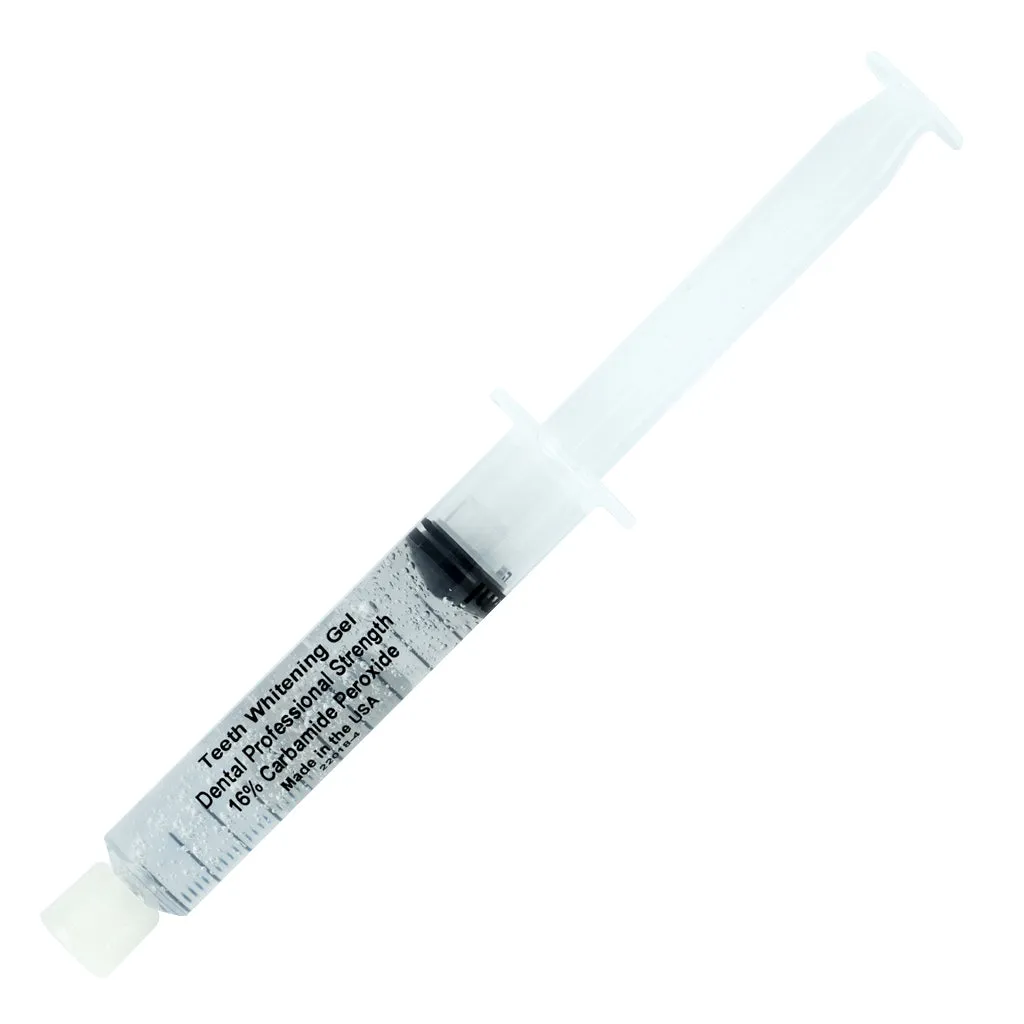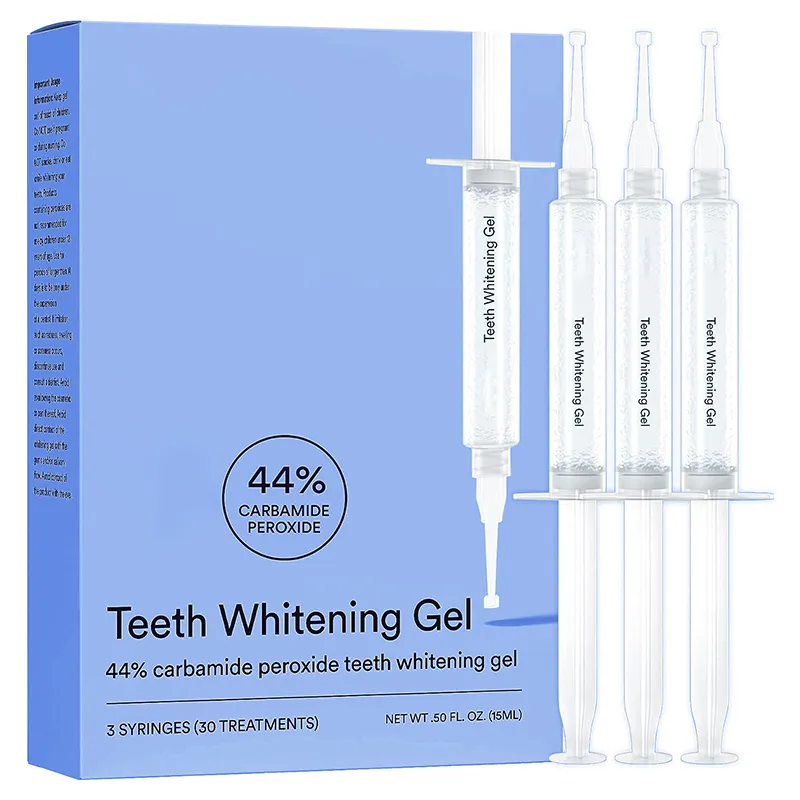What is Teeth Whitening with 35% Carbamide Peroxide?
Teeth whitening with 35% carbamide peroxide is a popular cosmetic dental procedure designed to brighten the shade of your teeth. This treatment involves applying a gel containing 35% carbamide peroxide, a bleaching agent, to the teeth. The higher concentration of carbamide peroxide typically used in professional settings, means the results can be more pronounced and quicker than at-home treatments. However, the duration of the whitening effect and the overall process depend on several factors. It’s a chemical process that breaks down stains and discoloration, restoring a brighter, more youthful appearance to the teeth. Understanding the specifics of this treatment is key to managing expectations and achieving the best possible results.
Understanding Carbamide Peroxide and Its Role in Whitening
Carbamide peroxide acts as a bleaching agent, breaking down into hydrogen peroxide and urea when it comes into contact with teeth. The hydrogen peroxide is the active component that penetrates the enamel and dentin, the layers of the tooth. This process oxidizes the stain molecules, effectively lightening the tooth’s color. The 35% concentration indicates the strength of the bleaching agent, influencing how quickly and dramatically the teeth whiten. The higher the concentration, the more potent the treatment and the faster the potential results. However, this also increases the chances of sensitivity and other side effects. Understanding this process helps clarify why professional treatments often yield quicker results than over-the-counter options.
How 35% Concentration Affects Whitening Duration

The 35% concentration of carbamide peroxide is a significant factor in determining how long the whitening effects last. Generally, treatments with higher concentrations, such as 35%, may offer faster initial results. These can fade quicker than treatments with lower concentrations. The high concentration can penetrate deeper into the tooth’s structure, initially removing more surface stains. However, the results’ longevity will depend on a number of variables, including the patient’s lifestyle, diet, and oral hygiene practices. While you may see dramatic improvements initially, maintaining these results requires consistent effort and care. The duration of the whitening effect is a balance between initial intensity and long-term maintenance.
Factors Influencing the Duration of Teeth Whitening
Several factors play a role in how long your teeth whitening results will last. These variables can be grouped into aspects of your teeth, the method of whitening, and your lifestyle habits. Some factors are within your control, while others are not. Being aware of these influences allows you to manage expectations and take steps to prolong your brighter smile. Understanding these influences is crucial for setting realistic goals and tailoring your aftercare to maintain optimal results.
Your Current Tooth Shade
The initial shade of your teeth significantly impacts the whitening outcome. Teeth that are heavily stained or naturally darker may require more sessions or a stronger concentration of the whitening agent to achieve the desired result. Lighter shades generally see faster and more dramatic improvements. The more stained your teeth are initially, the more effort and time are needed to reach a significantly brighter shade. It is always best to consult with a dentist to determine the current shade of your teeth.
The Severity of Staining

The type and severity of stains also affect the longevity of the whitening. Surface stains from coffee, tea, and red wine can often be removed more easily than stains that have penetrated deeper into the tooth’s structure. Deep intrinsic stains from medications or dental fluorosis may require more intensive treatments and may not respond as predictably. Understanding the nature of your stains helps manage expectations and choose the most appropriate whitening approach.
Application Method and Compliance
The application method, whether professional in-office treatments or at-home kits, impacts the results’ duration. Professional treatments, with higher concentrations and controlled environments, often provide faster results. Consistent use of at-home treatments, as prescribed by your dentist, is crucial for maintaining results. Compliance with your dentist’s instructions significantly impacts how long the whitening lasts. Ensure you’re following the recommended treatment schedule to get the best possible results.
Sensitivity and Whitening Duration
Tooth sensitivity is a common side effect of teeth whitening, especially with high concentrations of carbamide peroxide. Sensitivity can affect the frequency and duration of treatments. If you experience significant sensitivity, your dentist might recommend a lower concentration or desensitizing treatments, which may slightly extend the overall whitening process. Managing sensitivity is a trade-off to reach a comfortable process for patients.
Professional vs. At-Home Whitening

Professional teeth whitening treatments, such as those using 35% carbamide peroxide, offer immediate and dramatic results due to the higher concentration and controlled environment. These treatments are administered by a dentist in a dental office. They typically involve multiple sessions. At-home whitening kits often use lower concentrations and require more time and consistency to achieve comparable results. While they are convenient and more affordable, the outcomes may take longer to appear. The choice between professional and at-home whitening depends on your budget, the urgency of results, and your dentist’s recommendation.
Maintaining Your Results
Maintaining your teeth whitening results involves proactive measures. These include proper oral hygiene, dietary adjustments, and regular dental check-ups. Consistent maintenance will extend the life of your brighter smile. By combining these strategies, you can enjoy the benefits of your teeth whitening treatment for as long as possible.
Post-Whitening Care and Best Practices
Following post-whitening care instructions is essential for preserving your results. This includes using a desensitizing toothpaste, avoiding staining foods and drinks for the first few days, and maintaining excellent oral hygiene. Your dentist may also recommend touch-up treatments every few months or years to maintain the desired shade. Following these best practices ensures longevity in the outcome of your treatment.
Avoiding Staining Foods and Drinks

Certain foods and beverages can stain your teeth, reversing the effects of teeth whitening. Common culprits include coffee, tea, red wine, dark-colored sodas, and berries. Minimizing your consumption of these items, or rinsing your mouth with water immediately after consuming them, can help prevent staining. Eating a balanced diet and choosing lighter-colored foods will also help to maintain your brighter smile. Being mindful of what you eat and drink is a proactive approach to keeping your teeth white.
Regular Dental Check-ups and Cleanings
Regular dental check-ups and professional cleanings are crucial for maintaining your oral health and the results of teeth whitening. Your dentist can monitor your teeth for any potential issues and provide professional cleaning to remove surface stains. Professional cleanings help remove plaque and tartar. This process can also prevent staining and keep your teeth looking their best. Schedule regular appointments to keep your smile bright and healthy.
Potential Risks and Side Effects
While teeth whitening with 35% carbamide peroxide is generally safe, it can have potential risks and side effects. Being aware of these helps you make informed decisions and prepare for any possible issues. It is always recommended to discuss the risks and side effects with your dentist before beginning any teeth whitening treatment.
Sensitivity and Gum Irritation

Tooth sensitivity is a common side effect, especially with higher concentrations of the bleaching agent. This usually subsides within a few days of treatment. Gum irritation can also occur if the whitening gel comes into contact with the gums. Your dentist can take steps to minimize these side effects, such as using a protective barrier or recommending desensitizing toothpaste. Consult your dentist if sensitivity or irritation persists or worsens.
Irregular Whitening Results
Sometimes, teeth may not whiten evenly, resulting in irregular results. This can be due to varying enamel thickness, the presence of fillings or crowns that do not whiten, or the nature of the stains. Your dentist can address these issues by suggesting alternative treatments or additional whitening sessions. Being aware of the possibilities can manage your expectations and allow for adjustments to achieve the best outcome.
When to Consult Your Dentist
Consult your dentist if you experience any significant side effects, such as severe sensitivity or gum irritation. You should also consult your dentist if you are unsatisfied with the whitening results or notice any changes in your oral health. Your dentist can assess the situation, provide appropriate solutions, and ensure your treatment is safe and effective. Regular check-ups are critical for the long-term success and health of your teeth whitening process.
